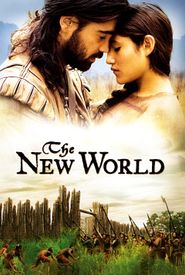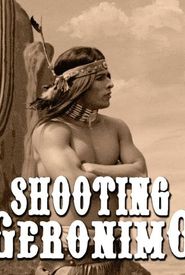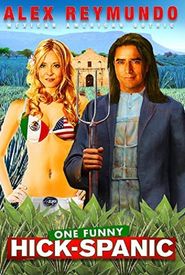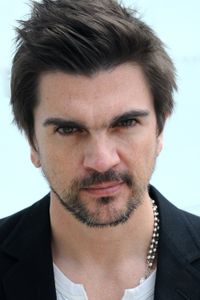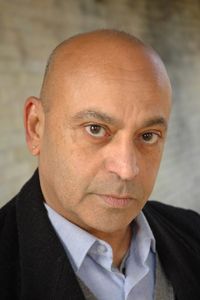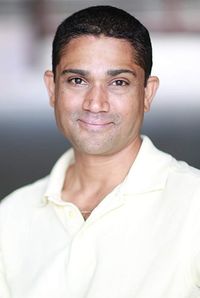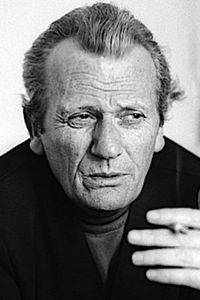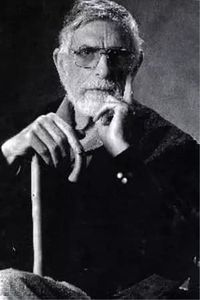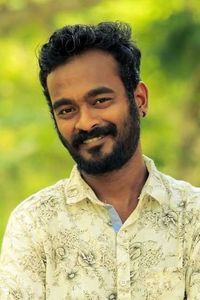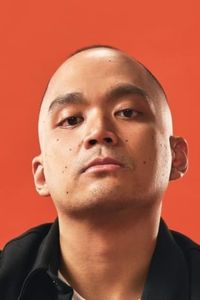Quetzal Guerrero's extraordinary artistic odyssey commenced at the remarkably early age of four, marked by a profound introduction to the classical violin method of Suzuki, a technique that would serve as the cornerstone of his future endeavors.
This initial exposure to the world of music led him to embark on an international journey, culminating in a pivotal moment in 1987, when he traveled to Matsumoto, Japan, to further hone his craft at the esteemed Suzuki International Institute.
Guerrero's exceptional talents and dedication earned him the prestigious distinction of being the featured violinist at the Conservatorio Pernambucano de Música's annual recital in Recife, Brazil, a testament to his remarkable skill and artistry.
As he continued to evolve as a musician, Guerrero's multifaceted artistic journey would take him down a path of creative expression, marked by a profound passion for music and a commitment to sharing his gifts with the world.
As Quetzal's remarkable musical abilities continued to evolve, a distinctive blend of diverse styles, encompassing the vibrant rhythms of Salsa, the rich cultural heritage of Yoruba, the dynamic energy of Brazilian music, the improvisational sophistication of Jazz, and the emotive intensity of Soul, among others, began to take form, gradually emerging as a distinctive sonic identity.
It was at the tender age of 10 that Quetzal had the extraordinary privilege of working alongside some of the most renowned and influential musicians of his time, including the legendary Tito Puente and the iconic Lalo Guerrero. This early exposure to the world of music, and the opportunity to learn from and be inspired by these master artists, laid the foundation for a lifelong journey of creative collaboration and artistic exploration, marked by a constant pursuit of innovation, experimentation, and self-expression.
Quetzal's electrifying performances have had the privilege of sharing the stage with a multitude of renowned artists, including the Barrio Boys, a dynamic group known for their high-energy shows, Los Illegales, a band that has been a staple of the Latin music scene for decades, Fey, a talented singer-songwriter with a unique voice, Christian Castro, a celebrated Mexican singer, Vicky Carr, a legendary American singer, Acoustic Alchemy, a British jazz-fusion band, and Jorge Santana, a renowned guitarist and composer.
Quetzal's response to inquiries about his identity is characterized by an air of humility, as he simply states, "I'm an artist," thus underscoring the profound significance of his multifaceted creative endeavors.
In reality, Quetzal's artistic masterpiece is a testament to his innate musicianship, a trait that is both a reflection of his unique cultural heritage and a manifestation of his extraordinary talent.
Interestingly, the name Quetzal itself carries profound meaning, as it translates to "precious feather" in the Aztec-Nahuatl language, thereby serving as a poignant reflection of his rich Native American and Brazilian ancestry.
Through his artistic pursuits, Quetzal is able to tap into his rich cultural heritage, thereby creating a sense of continuity and connection to his roots.
In the year 2004, a pivotal moment in Quetzal's illustrious musical career unfolded as he had the privilege of meeting Osunlade, the esteemed CEO of Yoruba Records, at the prestigious Winter Music Conference held in the vibrant city of Miami. This serendipitous encounter would ultimately set the stage for a significant turning point in Quetzal's artistic trajectory.
Quetzal Guerrero is a shining exemplar of exceptional talent, steadfastly upholding the sacred trusts bestowed upon him by the divine, while firmly rooted in the hallowed traditions of musical excellence. His extraordinary narrative serves as a poignant reminder of the transformative potential of artistic expression, as well as the profound significance of acknowledging and honoring one's cultural legacy.
Quetzal Guerrero's remarkable journey is a testament to the profound impact that artistic expression can have on individuals and communities, as well as the importance of staying true to one's cultural roots.

